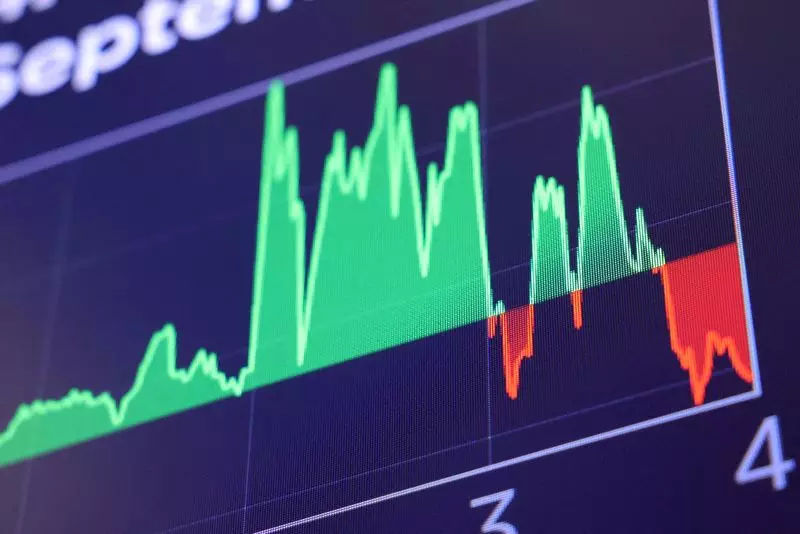The U.S. stock market was poised for a lukewarm start as trading commenced on Thursday, following a robust performance in the preceding session. Investors appeared to be in a wait-and-see mode, anticipating a range of pivotal events, including corporate earnings reports, vital economic data releases, and remarks from the political sphere. As of the opening bell, Dow futures were up slightly by 45 points (0.10%), while both the S&P 500 and Nasdaq 100 were experiencing minor downturns, reflecting a cautious approach among traders.
The backdrop of this market activity was noteworthy; both the Dow and the S&P 500 had recorded notable gains, with the S&P 500 reaching an intraday record high for the first time in a month. This upward momentum was fueled by President Trump’s announcement of a substantial investment initiative in artificial intelligence infrastructure, alongside favorable financial results from companies like Netflix. This combination of events has reinvigorated the markets, overshadowing earlier concerns regarding inflation trends.
With earnings season in full swing, traders were keenly monitoring how corporations would report their financial performances. The pre-market movement of stocks indicated a mixed bag. Major players in the AI sector, such as Nvidia and Microsoft, saw slight declines in their stock prices, which represented a pullback after previous gains. Meanwhile, other semiconductor stocks like Advanced Micro Devices and Broadcom also reflected a downward trend, highlighting a moment of uncertainty in a sector that has seen explosive growth.
Scott Ladner, the Chief Investment Officer at Horizon Investments, opined that the markets might need some time to absorb the recent influx of information regarding Trump’s economic policies and potential tariffs. The anxiety surrounding the political landscape and its implications on trade and the economy was palpable, as Trump hinted at upcoming tariffs that could affect imports from major trading partners including Canada, Mexico, China, and the EU.
A significant aspect of the current market atmosphere is the uncertainty surrounding the policy directions proposed by the Trump administration. With indications that tariffs could significantly impact global trade dynamics, there are growing concerns over the potential for a trade war that could strain relationships between the U.S. and its international partners. This complexity is further heightened by Trump’s recent decision to withdraw from an OECD tax agreement, which could have long-term implications for international business collaborations.
Moreover, the Federal Reserve’s maneuvering concerning interest rates is also under scrutiny. Data suggested that traders expect the central bank to maintain current interest rates throughout much of 2025, which would be a departure from any aggressive monetary easing. Alongside these expectations, a moderate increase in yield for longer-dated Treasury notes restricted stock market gains, complicating investor strategies.
The economic landscape illuminated several critical indicators. A report from the Labor Department indicated that weekly jobless claims stood at 223,000, just above market expectations. This nuance added to the narrative surrounding labor market stability amid rising inflationary pressures.
In sector-specific performances, GE Aerospace emerged as a standout, witnessing a surge in its stock value by 7% following optimistic profit forecasts driven by strong demand for aftermarket services. Conversely, American Airlines faced a drop of 5.2% after issuing a profit forecast that failed to meet expectations, demonstrating the volatility within the transportation sector.
Health insurers also showed resilience, with notable gains in stocks for companies like Elevance and UnitedHealth Group, indicating favorable positionings driven largely by lower medical care spending. In stark contrast, Electronic Arts faced a significant decline of 16.5% after adjusting its revenue outlook downward, primarily due to disappointing performance in its soccer franchise—an example of how quickly market sentiments can shift with changing corporate fortunes.
Overall, the U.S. stock market enters a phase characterized by cautious optimism, with investors weighing political developments, corporate earnings, and economic indicators against a backdrop of potential geopolitical tensions. The unfolding events in Washington, D.C., alongside corporate performance trends, will play a critical role in guiding investor sentiment and market movements in the coming days. As the landscape remains fluid, remaining agile and informed is essential for navigating these unchartered waters.

